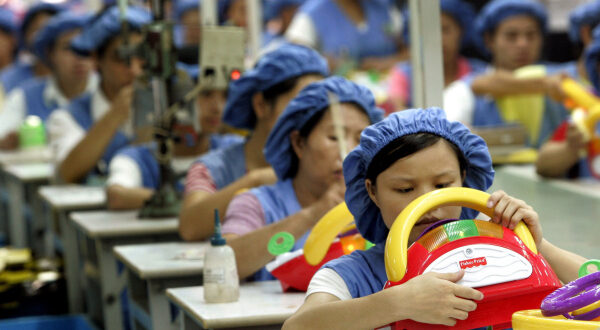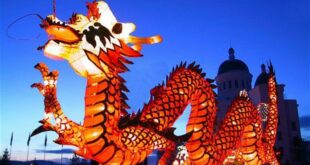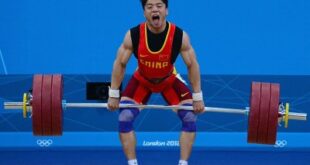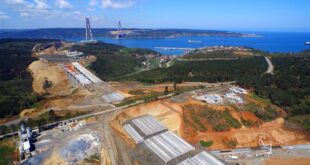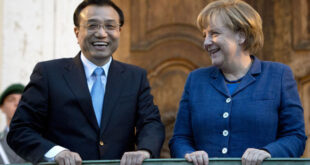China’s manufacturing contracted for an 11th straight month, a private survey found, increasing pressure on the government to bolster growth in the world’s second-largest economy.
The purchasing managers’ index from HSBC Holdings Plc (HSBA) and Markit Economics was at 47.9 for September from 47.6 in August. Export orders declined at the fastest pace in 42 months and purchasing activity in manufacturing fell for a fifth consecutive month, the Sept. 29 report showed.
A separate manufacturing report will today give a second reading of the economy as China’s leaders prepare for a once-a- decade handover of power that begins in November and has been clouded by the ouster of Politburo member Bo Xilai. The government is trying to retain public support by sustaining growth while avoiding a resurgence in home prices.
“The failure of both external and internal demand is weighing heavily on Chinese manufacturing,” said Glenn Maguire, principal at consultant Asia Sentry Advisory Pty and former Societe Generale SA chief Asia economist. “External demand recovery requires a stronger U.S., Japan and Europe — a highly unlikely dynamic in the near term. Internal demand recovery requires greater policy support.”
Stock Surge
Speculation that authorities will take steps to counter a deepening slowdown spurred a 4.1 percent surge in the benchmark Shanghai Composite Index in last week’s final two trading days. The yuan climbed on Sept. 28 to its strongest level since 1993. The People’s Bank of China injected record funds into the financial system last week to ease a cash squeeze before a week- long holiday. China’s markets are closed through Oct. 7.
The HSBC report also showed that manufacturing output and input prices continued to decline and that employee numbers decreased a seventh straight month. The HSBC and Markit Economics PMI hasn’t had a monthly reading above 50, which would indicate expansion, since October 2011.
“Beijing should step up easing to support growth and employment,” Qu Hongbin, chief China economist for HSBC in Hong Kong, said in a statement. “Fiscal measures should play a more important role in the coming months.”
A government-backed purchasing managers’ index for manufacturing will be released today. The gauge probably rose to 50.1 in September, just above the expansion-contraction dividing level of 50, from a nine-month low of 49.2 in August, based on the median estimate of 21 analysts surveyed by Bloomberg News.
Japan’s Sentiment
A report in Japan today showed big manufacturers in the world’s third-largest economy became more pessimistic as slowdowns in China and Europe sapped export demand. The September Tankan index for large manufacturers fell to minus 3 from minus 1, the fourth straight negative reading. A negative figure means pessimists outnumber optimists.
China announced on Sept. 28 that the Communist Party will hold its 18th congress starting Nov. 8, when more than 2,000 delegates from the ruling party will gather to appoint new leaders. It was also announced that former Politburo member Bo had been expelled from the party.
The announcements showed “the dust finally settled” on the new leadership lineup and should mean a “re-focus on economic policy making,” Lu Ting, chief Greater China economist at Bank of America Corp. in Hong Kong, wrote in a note to clients. “We don’t expect a big stimulus, but policy easing, stimulus will be stepped up.”
Industrial Profits
Chinese industrial companies’ profits dropped for a fifth month in August, government data showed on Sept. 27. Baoshan Iron & Steel Co. (600019), the nation’s largest listed steelmaker, said Sept. 26 it suspended production at a Chinese plant after demand dropped for slabs used to make ships and bridges.
The HSBC PMI report added to evidence that China’s slowdown has extended into a seventh quarter after growth decelerated to a three-year low of 7.6 percent in the April-June period. The economy may expand 7.4 percent from a year earlier in the three months through September, based on the median estimate of 23 analysts surveyed by Bloomberg News from Sept. 11 to Sept. 18. Estimates ranged from 7.1 percent to 7.9 percent.
Demand for Chinese exports has sputtered as a result of the European debt crisis, with shipments to the European Union falling 12.7 percent from a year earlier in August as overall exports gained 2.7 percent. Domestic consumption has been eroded by a government campaign to rein in the property market and boost the affordability of homes, which has included raising down payment requirements and limiting purchases.
Weaker Production
China’s industrial production rose 8.9 percent from a year earlier in August, the weakest pace since May 2009, compared with a 13.5 percent gain in August 2011.
The government has sped up approvals for investment projects, lowered interest rates and boosted tax support for exporters in response to the slowdown. At the same time, authorities have refrained from easing monetary policy since rate cuts in June and July and a May reduction in banks’ reserve requirements.
Wen signaled last month that there’s more room for fiscal and monetary policy to support growth, saying Sept. 11 that the nation has full confidence it will meet its economic goals for the year. The government is trying to prevent growth this year from slipping below the 7.5 percent target set in March, which would already be the weakest since 1990.
Businessweek
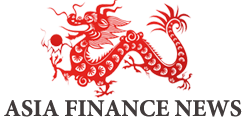 Asia Finance News Asia finance news, banking, market analysis, business, Forex, trade, Cryptocurrency as it is happening in Asia. Trusted gateway for Asian financial news.
Asia Finance News Asia finance news, banking, market analysis, business, Forex, trade, Cryptocurrency as it is happening in Asia. Trusted gateway for Asian financial news.
